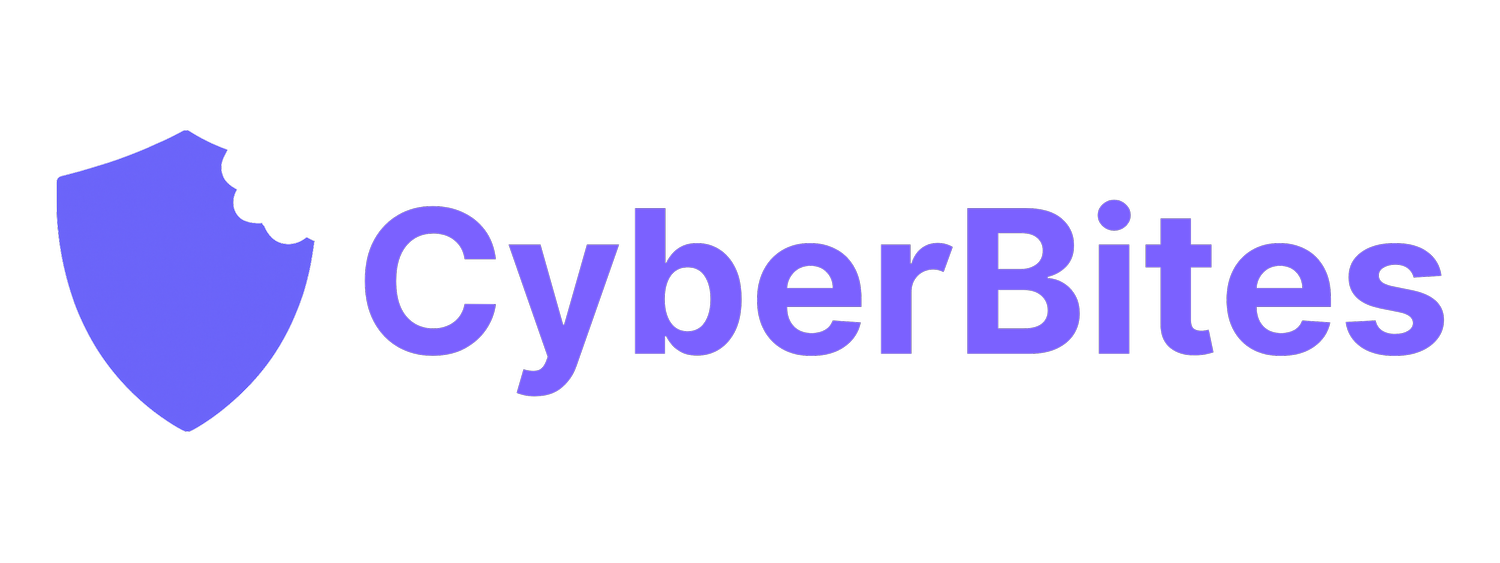How to Limit Admin Access and Strengthen Your Cyber Security
Why Admin Access Should Be Restricted
Imagine a hacker gaining full control of your business—installing malware, locking you out of your systems, and stealing your client data—all because one admin account wasn’t properly secured.
Admin accounts are powerful.
They can install software, change security settings, and access sensitive business information. If cybercriminals gain access to one, the damage can be fast, serious, and expensive.
That’s why the Australian Cyber Security Centre (ACSC) recommends restricting admin rights as a core security controlACSC_Small_business_cyb…. Yet, many small businesses still grant more access than necessary—exposing themselves to unnecessary risk.
The fix? Apply the "least privilege" principle: give people the access they need to do their job, and nothing more.
How to Safely Manage Admin Accounts
Only Give Admin Rights to Those Who Truly Need It
Not everyone needs the keys to the kingdom.
✅ Most staff should be using standard user accounts for everyday work like emails, spreadsheets, and software use.
✅ Reserve admin privileges for IT roles or trusted staff who genuinely need them to perform system changes.
Why it matters:
If a standard user clicks a dodgy link, the damage is usually contained. If an admin clicks it, your entire system could be compromised.
Create Separate Admin and Standard Accounts
Even if someone requires admin privileges, they shouldn’t use their admin account for day-to-day tasks.
✅ Set up two accounts:
One for daily work (standard user)
One for admin tasks (software installation, settings changes)
✅ Switch accounts only when needed.
Why it matters:
This simple step massively reduces the chance of accidentally clicking on a malicious file or installing malware while logged in as an admin.
Regularly Review and Update Admin Access
Staff roles change. People leave.
Old admin accounts left open are a hacker’s dream.
✅ Review admin access every 3–6 months:
Remove accounts that are no longer needed.
Adjust permissions if someone's role has changed.
Make admin account audits part of your regular business hygiene checklist.
Why it matters:
Keeping admin access current reduces your attack surface and makes your business a harder target.
Secure Admin Accounts With MFA and Password Managers
Admin accounts should have the strongest protection you can manage.
✅ Use strong, unique passwords for each admin login.
✅ Enable multi-factor authentication (MFA) to add an extra layer of security.
✅ Store admin credentials in a secure, shared password manager if multiple people need access.
Why it matters:
If one admin password gets compromised, MFA can stop an attacker from logging in.
And a good password manager prevents risky practices like writing admin passwords on sticky notes.
What Happens When Admin Accounts Get Hacked?
If attackers break into an admin account, they can:
Install malware and ransomware
Steal sensitive business data
Lock your team out of critical systems
Demand huge ransoms or sell your data on the dark web
Limiting admin access won’t stop every attack—but it makes it much harder for an attacker to succeed, even if they get inside your network.
Protecting your admin accounts is like reinforcing the vault door to your business—it’s essential
📬 Stay One Step Ahead with CyberBites
Want more simple, no-jargon cyber security tips to protect your business?
👉 Subscribe to CyberBites for weekly guides, checklists, and early access to free training tools.
